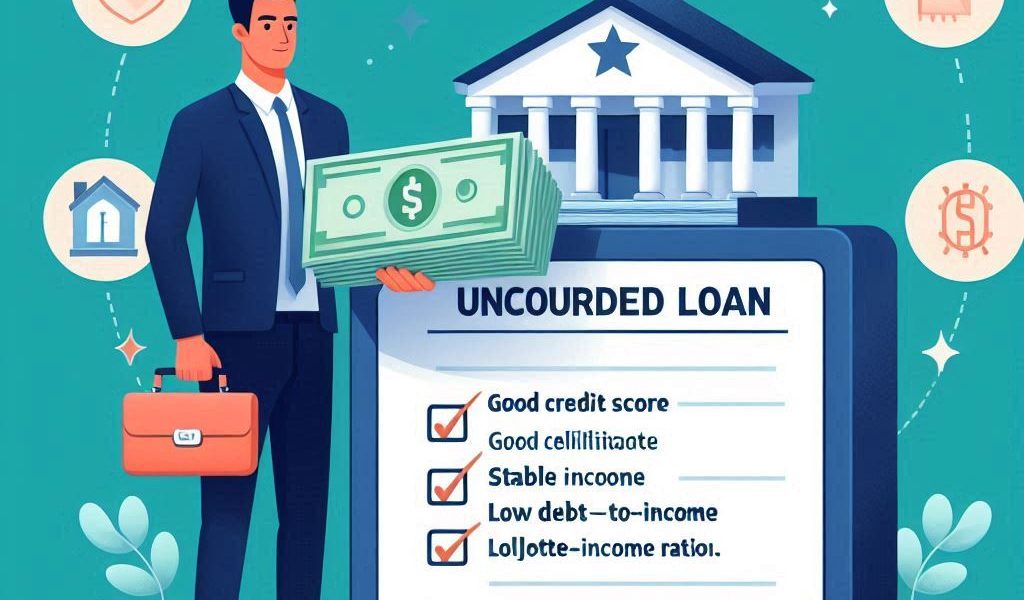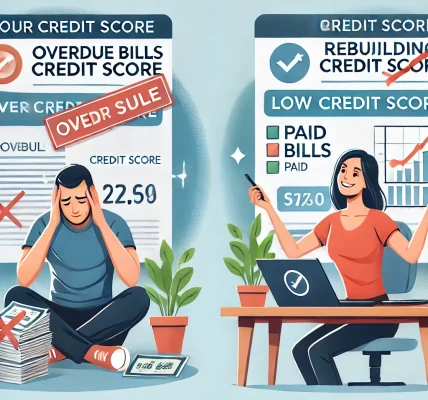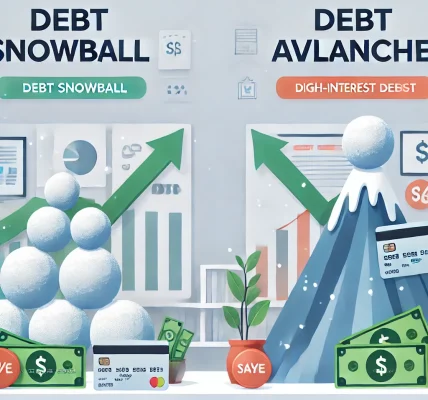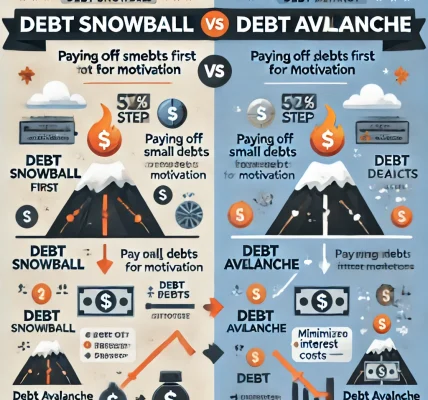Getting a loan without providing any collateral may seem challenging, but unsecured loans offer a great solution. These loans are granted based on your creditworthiness rather than requiring you to pledge assets. Whether you need funds for medical emergencies, education, business expansion, or personal expenses, this guide will help you understand how to obtain an unsecured loan effectively.
What is an Unsecured Loan?
An unsecured loan is a type of loan that does not require any collateral, such as property, gold, or vehicles. Instead, lenders assess your credit score, income stability, and repayment capacity to determine loan eligibility.
Types of Unsecured Loans
- Personal Loans – Used for various purposes like medical bills, travel, or home renovation.
- Credit Card Loans – Instant loans based on your existing credit limit.
- Education Loans – Specifically for financing higher education without requiring security.
- Business Loans – For small businesses or startups to fund operations or expansion.
- Peer-to-Peer (P2P) Loans – Borrowing from individuals via online platforms instead of traditional banks.
How to Qualify for an Unsecured Loan
1. Maintain a Good Credit Score
A credit score of 700 or above improves your chances of loan approval. To maintain a good score:
- Pay credit card bills and loan EMIs on time.
- Keep credit utilization below 30%.
- Avoid multiple loan applications within a short period.
2. Have a Stable Income Source
Lenders prefer borrowers with consistent income. A stable job or business with a good track record increases your credibility. Ensure you provide salary slips, bank statements, or income tax returns as proof.
3. Choose the Right Lender
Different lenders have varying eligibility criteria. Compare banks, NBFCs (Non-Banking Financial Companies), and online lenders to find the one that offers:
- Lower interest rates
- Flexible repayment options
- Minimal processing fees
4. Keep Debt-to-Income Ratio Low
Your Debt-to-Income (DTI) ratio should ideally be below 40%. A lower DTI ratio indicates financial stability, making lenders more willing to offer loans.
5. Apply for a Loan Amount You Can Repay
Avoid borrowing more than what you can afford to repay. Over-borrowing may lead to financial stress and impact your credit score negatively.
Steps to Apply for an Unsecured Loan
- Check Eligibility – Use online eligibility calculators to check whether you qualify.
- Choose Loan Type – Select from personal, education, or business loans based on your needs.
- Compare Lenders – Research various lenders to find the best interest rates and terms.
- Gather Documents – Typically includes ID proof, income proof, and address proof.
- Apply Online or Offline – Most lenders offer online applications for quicker processing.
- Approval & Disbursement – If approved, the loan amount is credited to your account within a few days.
Pros & Cons of Unsecured Loans
Pros:
✅ No need for collateral ✅ Quick processing & approval ✅ Flexible usage of funds ✅ Builds credit history with timely repayment
Cons:
❌ Higher interest rates than secured loans ❌ Strict eligibility criteria ❌ Limited loan amount depending on income & credit score
Final Thoughts
An unsecured loan is an excellent financing option if you meet the eligibility criteria. By maintaining a strong credit score, choosing the right lender, and borrowing responsibly, you can secure funds without pledging any assets.
Have you ever taken an unsecured loan? Share your experience in the comments below!




